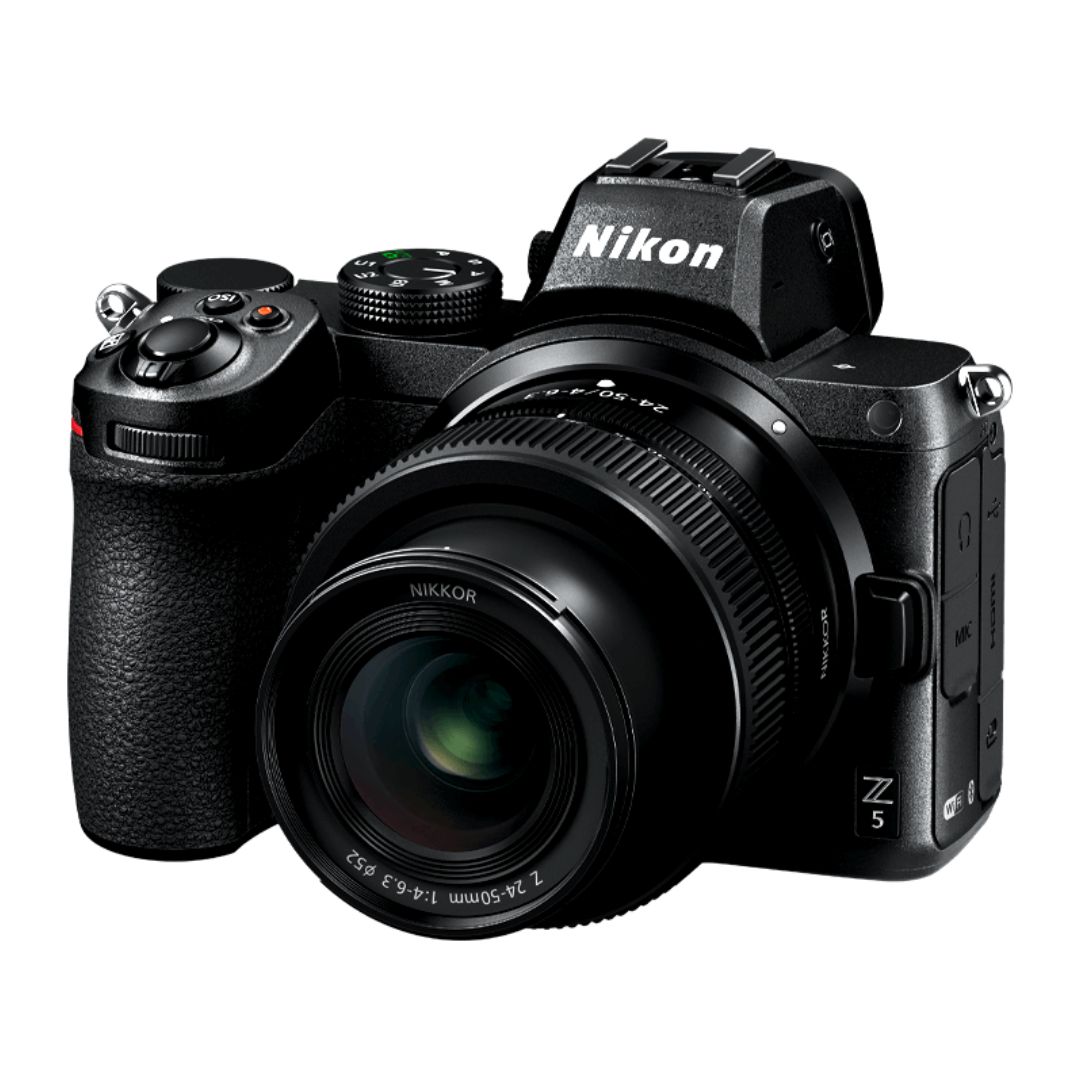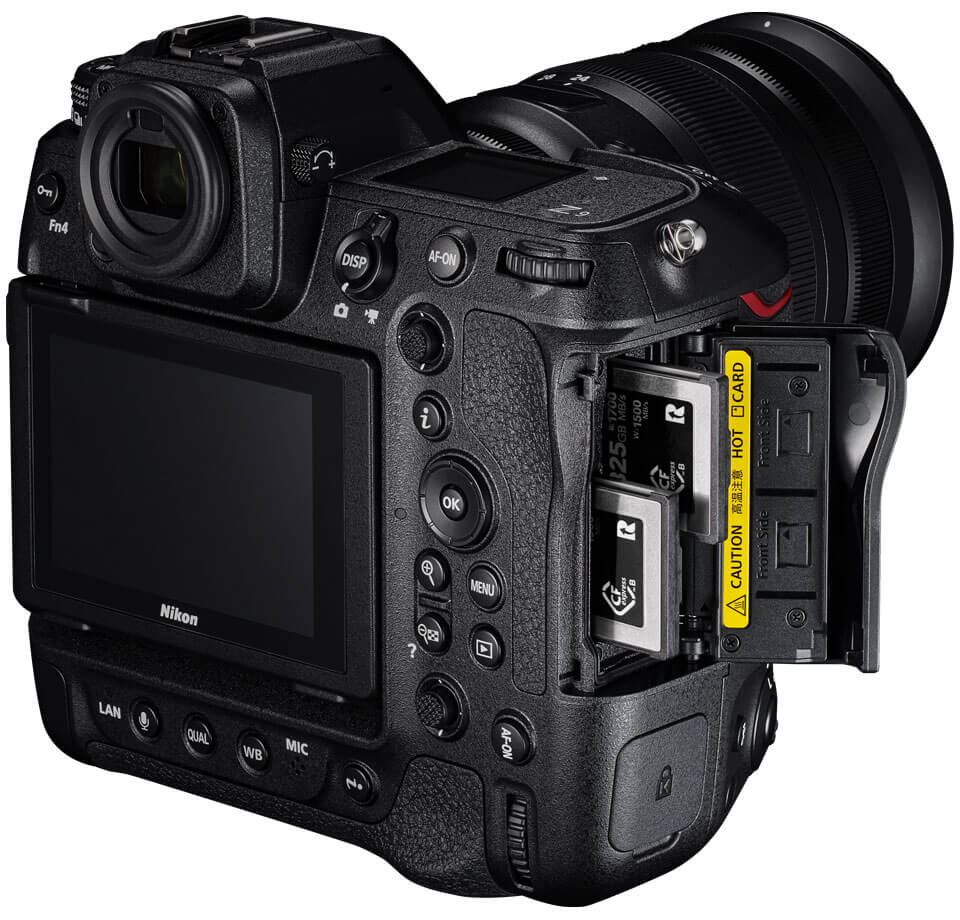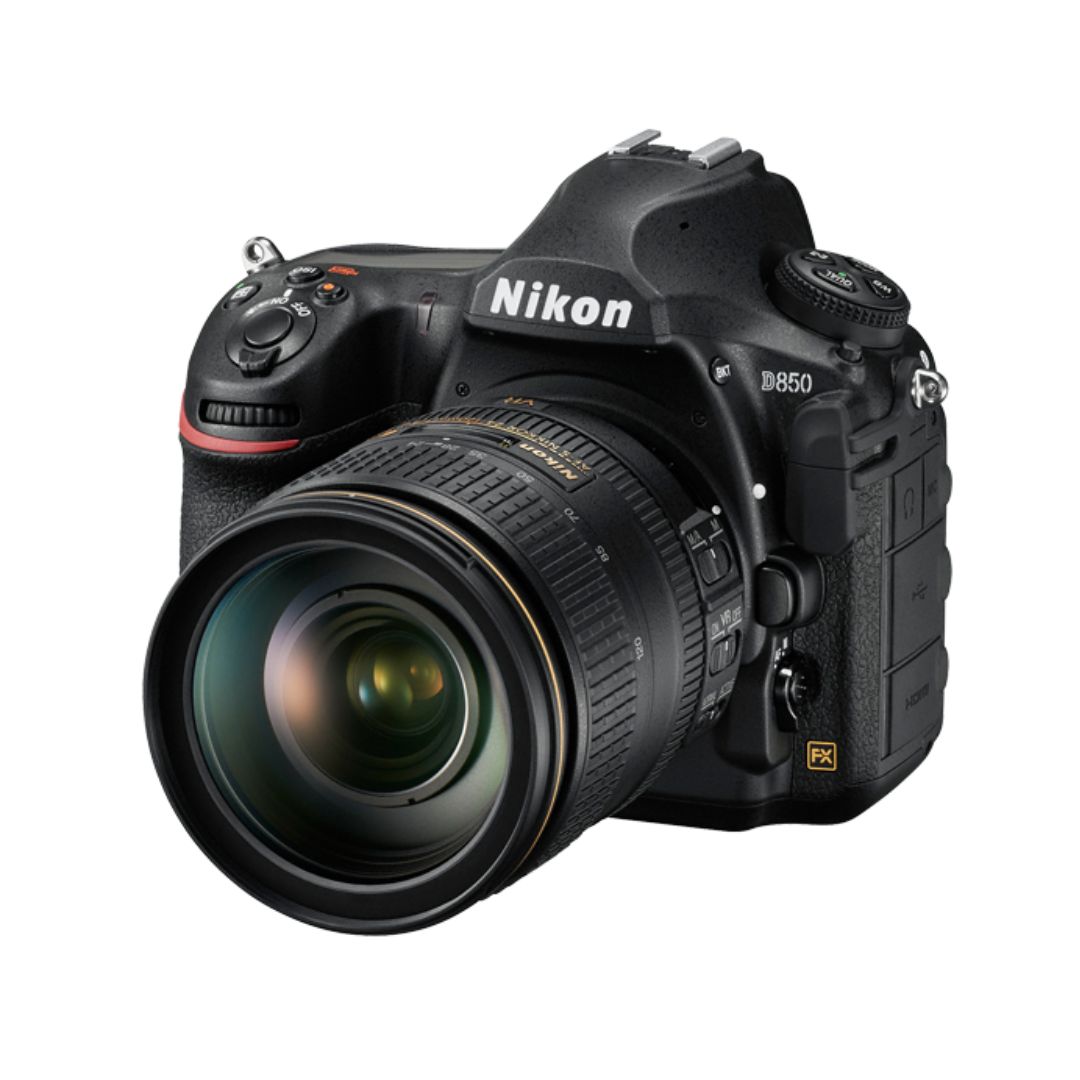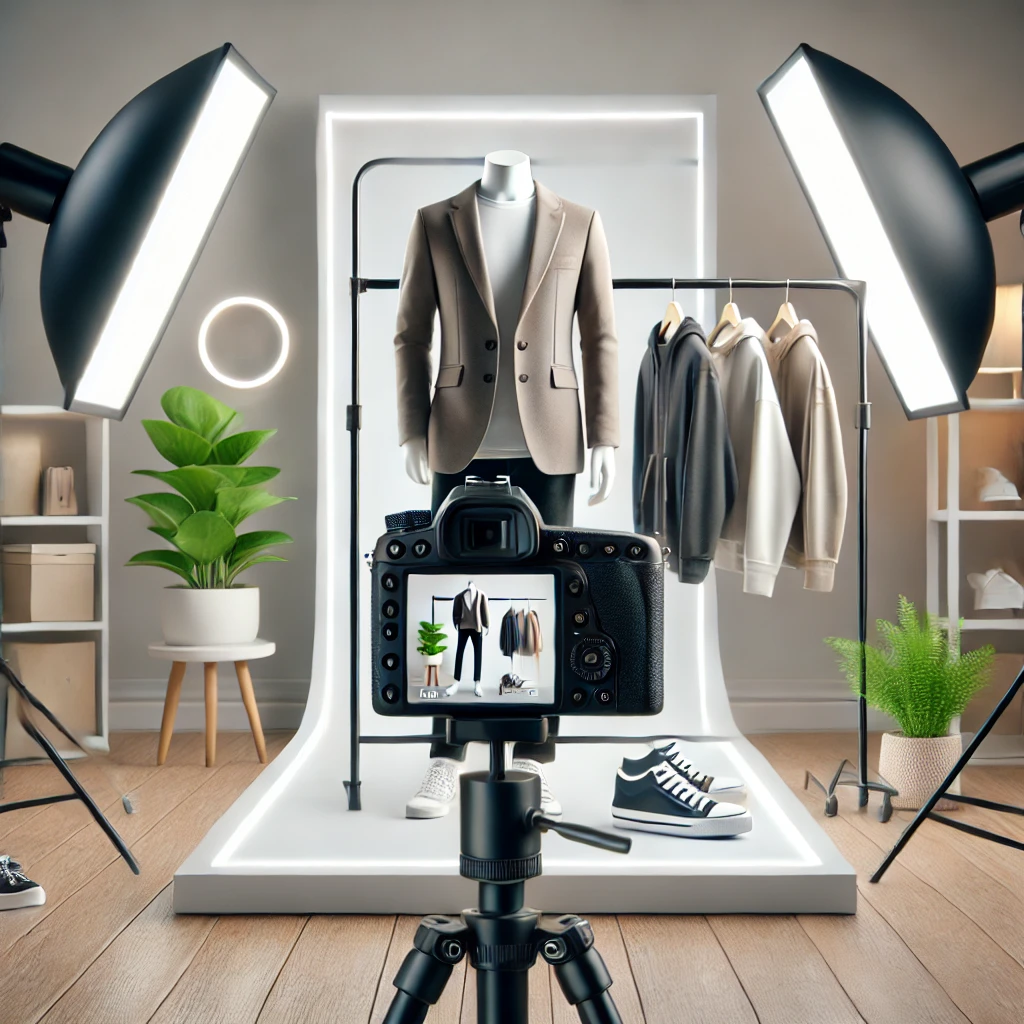High-quality photograph clothing plays a vital role in e-commerce success. Clear, well-lit, and visually appealing product images help potential buyers make informed decisions, reducing return rates and increasing conversions. In this guide, we’ll cover everything from essential equipment and camera settings to lighting techniques and editing tips to ensure your apparel photography stands out.
1. Essential Equipment for Clothing Photography
Investing in the right gear can significantly improve your results. Here’s what you need:
1.1 Camera
- A DSLR or mirrorless camera with manual settings for greater control.
- Recommended models: Canon EOS 5D Mark IV, Sony A7 III, or Nikon D750.
1.2 Lenses
- A 50mm or 85mm prime lens for sharp images with minimal distortion.
- A 24-70mm zoom lens for versatility in framing different shots.
1.3 Tripod
- Keeps the camera stable, preventing blur and ensuring consistency across shots.
- Use a sturdy, adjustable tripod with a ball head for flexibility.
1.4 Lighting Equipment
- Softbox or umbrella lights to create soft, even lighting.
- A ring light for flat-lay clothing photography.
- Natural light can be effective, but controlled lighting is preferred for consistency.
1.5 Background & Backdrops
- Neutral backdrops like white, gray, or pastel shades keep the focus on the clothing.
- Textured backgrounds can add depth but should be used sparingly.
1.6 Mannequins, Hangers, or Models
- Mannequins give a structured look to garments.
- Models help customers visualize fit and style.
- Hangers work well for casual product shots.
2. Preparing Clothing for the Shoot
Proper preparation ensures professional-looking images:
- Steam or iron garments to remove wrinkles.
- Remove lint and stray threads using a lint roller.
- Shape garments properly using clips, pins, or stuffing for a polished look.
- Coordinate colors and styles for a visually appealing catalog.
3. Setting Up the Perfect Lighting
Lighting is crucial for capturing true-to-life colors and textures.
3.1 Natural Light Setup
- Position the clothing near a large window for soft, diffused light.
- Use a white reflector or foam board to reduce shadows.
3.2 Studio Lighting Setup
- Use two softboxes at a 45-degree angle to eliminate harsh shadows.
- Place a fill light behind the garment to create depth.
- Adjust intensity to maintain consistent lighting across products.
4. Choosing the Right Camera Settings
Using manual settings gives you control over exposure and sharpness.
- ISO: Keep it between 100-200 to reduce noise.
- Aperture: Set between f/8 to f/11 for sharpness and depth.
- Shutter Speed: At least 1/125s to prevent motion blur.
- White Balance: Adjust based on light source to maintain accurate colors.
- Focus Mode: Use single-point autofocus for precision.
5. Composition & Framing Tips
Proper composition makes clothing images more attractive and professional.
- Fill the frame with the garment to highlight details.
- Use negative space strategically to create a clean, uncluttered look.
- Shoot from multiple angles – front, back, close-ups, and lifestyle shots.
- Maintain a consistent height and angle for uniformity across product images.
6. Types of Clothing Photography Styles
Different styles suit various e-commerce needs:
6.1 Flat Lay Photography
- Best for T-shirts, jeans, and casual wear.
- Arrange items neatly on a plain background.
6.2 Mannequin Photography (Ghost Mannequin Effect)
- Gives a 3D effect without a model.
- Remove the mannequin in post-processing for a floating look.
6.3 Model Photography
- Best for high-fashion apparel.
- Helps customers visualize fit and movement.
6.4 Hanging Photography
- Simple and effective for lightweight clothing.
- Works well for minimalist product displays.
7. Editing & Post-Processing
Polishing images in post-production ensures consistency and professionalism.
7.1 Essential Edits in Photoshop or Lightroom
- Color Correction: Adjust brightness, contrast, and saturation.
- Background Removal: Use the pen tool or background eraser.
- Retouching: Remove wrinkles and imperfections.
- Resizing & Cropping: Maintain uniformity across all product images.
8. Uploading Images & Optimizing for SEO
Proper image optimization boosts search visibility and loading speed.
- Use descriptive file names (e.g., “black-leather-jacket-men.jpg”).
- Compress images without losing quality using tools like TinyPNG.
- Add ALT text describing the product for better accessibility and SEO.
- Ensure consistency in image size and aspect ratio across all products.
9. Common Mistakes to Avoid
Avoid these pitfalls for professional-looking clothing photos:
- Uneven lighting causing shadows or overexposure.
- Poor garment presentation (wrinkles, creases, or misshaped clothing).
- Over-editing that makes garments look unnatural.
- Ignoring mobile optimization, leading to poor image display on small screens.
Conclusion
Mastering clothing photography for an online store takes practice and attention to detail. With the right equipment, lighting, composition, and editing techniques, you can create visually compelling images that enhance your brand’s credibility and attract more customers. Whether using natural light, mannequins, or models, consistency and professionalism will set your store apart from competitors.
Ready to elevate your e-commerce photography? Start implementing these tips today for a stunning photograph clothing catalog!

Sony Alpha a7 IV: The Ultimate Camera for Photography

Nikon Z5 Review: Is It Worth It?
-

Nikon Z9 : Game-Changer for Photography
-

Top Features of Nikon D850 That Make It Ideal for Portfolio Shoots
Sony Alpha a7 IV: The Ultimate Camera for Photography
Explore the Sony Alpha a7 IV in this complete 2025 review. Learn how its pro-level features, real-world performance, and hybrid flexibility make it the ultimate camera for photography across genres like portraits, weddings, travel, and commercial work. Table of Contents Section 1: Introduction – Why the Sony Alpha a7 IV Stands Out The Sony Alpha…
Nikon Z5 Review: Is It Worth It?
In 2025, photographers—whether hobbyists, content creators, or professionals—seek equipment that blends value, performance, and future-readiness. Enter the Nikon Z5, a full-frame mirrorless camera marketed as a gateway to high-end imaging without a flagship price tag. But how well does it hold up under real-world demands like studio shoots, weddings, landscape adventures, and lifestyle photography? In…
Nikon Z9 : Game-Changer for Photography
Discover why the Nikon Z9 is considered a true game-changer for photography. This in-depth Nikon Z9 review explores key features, real-world performance, and how it excels in professional photo shoots in 2025. Table of Contents 1. Introduction The photography world witnessed a significant shift with the launch of the Nikon Z9, a flagship mirrorless camera…
Top Features of Nikon D850 That Make It Ideal for Portfolio Shoots
Discover why the Nikon D850 is the ultimate DSLR for portfolio shoots. Explore its top features—from resolution and dynamic range to autofocus precision and workflow speed—that help photographers create stunning, high-impact images for professional portfolios. Whether you’re a portrait artist, fashion photographer, or visual storyteller, a portfolio shoot demands technical excellence, creative flexibility, and uncompromised…
Candid Moments with Canon EOS R10: Lightweight & Reliable
In the evolving world of mirrorless photography, the Canon EOS R10 stands out as a lightweight yet powerful camera tailored for real-life storytelling. Whether you’re photographing street scenes, family gatherings, weddings, or spontaneous portraits, capturing genuine emotion requires a responsive and discreet tool. This article dives deep into how the Canon EOS R10 excels in…
Bold Portraits with Canon EOS R5: Is It the Best for Work?
Studio photography has always demanded precision, artistry, and impeccable gear. As the expectations for commercial portraits, fashion campaigns, and editorial work continue to rise, the tools we use must evolve. Enter the Canon EOS R5, a camera that has stirred the professional waters with its impressive technical specs and forward-thinking design. In this comprehensive Canon…


